The Dried Greek Oregano Chronicles: Flavor, Tips & Tales of a Spice Cabinet Hero
Let’s face it—your spice rack is either a chaotic mess or a curated masterpiece. If you’re here, you're probably leaning toward the latter (or at least trying to). Enter stage left: Dried Greek Oregano. This tiny leaf punches well above its weight and has more flavor than your average reality TV drama. In this guide, we’ll uncover what makes this spice so special, how to use it like a pro, and even a few kitchen fails to avoid.
Table of Contents
- What Is Dried Greek Oregano?
- Why It Kicks Butt in the Kitchen
- How to Use Dried Greek Oregano Like a Pro
- Is Oregano Oil Really Magic in a Bottle?
- Storage Hacks for Maximum Shelf Life
- Fresh vs. Dried Oregano: The Ultimate Showdown
- Common Mistakes People Make (And How to Avoid Them)
- Fun Facts You Can Drop at Parties
- Conclusion
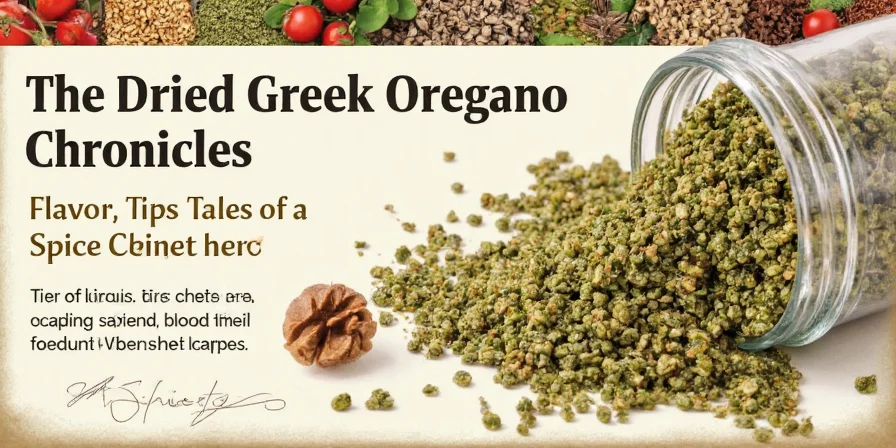
What Is Dried Greek Oregano?
Greek oregano, scientifically known as Origanum vulgare ssp. hirtum, is not just any oregano—it's the OG of oreganos. It’s native to the Mediterranean region and revered for its robust, earthy, and slightly peppery flavor profile.
Unlike the milder varieties found in generic spice bottles labeled simply as “oregano,” true Greek oregano has a bolder aroma and more complex flavor. It’s often air-dried to preserve its essential oils, which give it that signature punch.
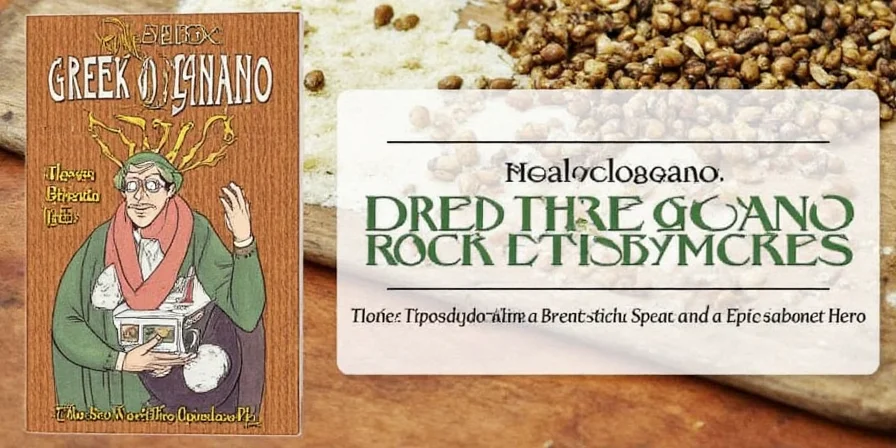
Why It Kicks Butt in the Kitchen
Here’s why dried Greek oregano deserves a permanent spot on your shelf:
- Flavor Powerhouse: Its high concentration of aromatic compounds gives depth to everything from tomato sauces to grilled meats.
- Shelf Stability: Unlike fresh herbs, dried Greek oregano retains its flavor longer, making it a pantry MVP.
- Versatility: From marinades to rubs, soups to stews, this herb plays well with others (unlike some exes we won’t name).
| Herb Type | Flavor Intensity | Aroma Strength | Best For |
|---|---|---|---|
| Greek Oregano | High | Strong | Pasta sauces, meat dishes, pizza |
| Mexican Oregano | Moderate | Mild-Citrusy | Tacos, chili, moles |
| Italian Oregano | Mild | Mellow | Bread, white sauces, poultry |
How to Use Dried Greek Oregano Like a Pro
You’ve got the jar. Now what? Here are some expert-approved ways to make this herb shine:
- Add Early, Not Late: Because it’s dried, Greek oregano benefits from being added early in cooking to allow flavors to bloom.
- Rub It In: Mix with olive oil, garlic, and lemon zest to create a killer dry rub for lamb or chicken.
- Olive Oil Infusion: Add a teaspoon to a cup of extra virgin olive oil and let sit overnight. Perfect for drizzling over roasted veggies or crusty bread.
- Pizza Perfection: Sprinkle a pinch before baking for an authentic Mediterranean vibe.
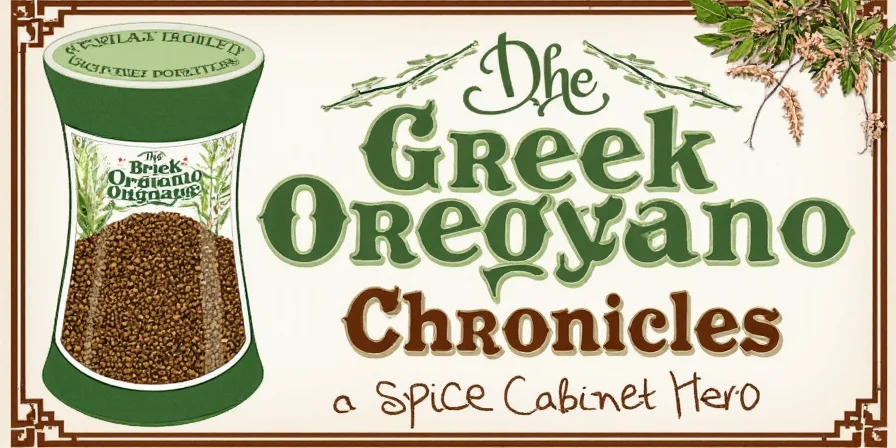
Is Oregano Oil Really Magic in a Bottle?
Hold up! Before you buy into every health blog claiming oregano oil can cure your hangover, bad hair day, and existential dread—let’s talk science.
While it does contain compounds like carvacrol and thymol, which have antimicrobial properties, most studies focus on concentrated forms—not the stuff you sprinkle on lasagna.
Bottom line: enjoy it for flavor, not for miracle cures. Your taste buds will thank you more than your Google search history ever could.
Storage Hacks for Maximum Shelf Life
Dried Greek oregano isn’t immortal. But with proper care, it can stay potent for up to two years. Here’s how:
- Keep It Cool: Store in a cool, dark place like a spice drawer or pantry.
- Away from Moisture: Humidity is the enemy of all dried herbs.
- Air-Tight Containers: Once opened, transfer to a sealed glass jar instead of leaving it in the flimsy plastic bottle.
- Label & Date: Keep track of when you bought it. Outdated spices are flavorless ghosts haunting your cabinet.
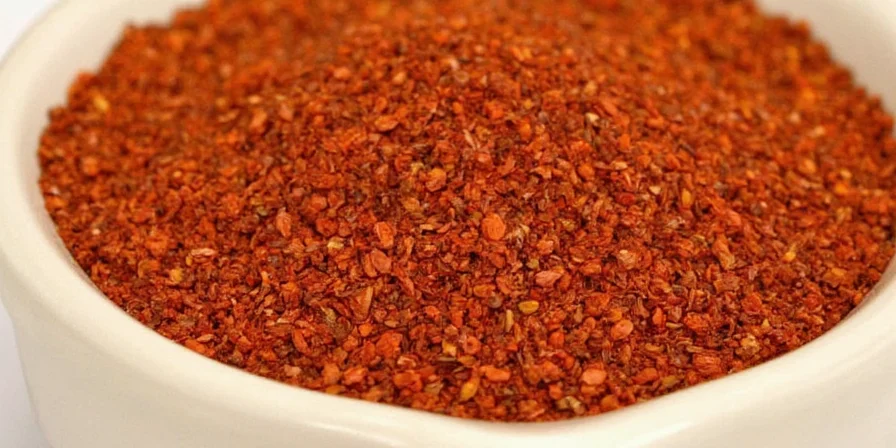
Fresh vs. Dried Oregano: The Ultimate Showdown
Fresh or dried? Let’s break it down:
| Aspect | Fresh Oregano | Dried Greek Oregano |
|---|---|---|
| Flavor | Mild, grassy, fragrant | Robust, earthy, intense |
| Use Case | Finishing garnish, quick sauté | Slow-cooked dishes, long marinades |
| Shelf Life | Days to weeks (refrigerated) | Up to 2 years |
| Availability | Seasonal | All year round |
Rule of thumb: Use fresh for last-minute brightness, dried for deep, slow-developing flavor.
Common Mistakes People Make (And How to Avoid Them)
We’ve all been there. But don’t let these mistakes sabotage your next culinary masterpiece:
- Overdoing It: A little goes a long way. Start with a pinch; you can always add more later.
- Using Stale Spices: Old oregano tastes like dusty cardboard. Smell it—if it doesn’t sing, toss it.
- Adding Too Late: Tossing it in at the end won’t unlock its full potential. Let it simmer and infuse!
- Buying Generic Oregano: Some labels say “oregano” but are actually marjoram or other impostors. Look for “Greek” or “Origanum vulgare hirtum.”
Fun Facts You Can Drop at Parties
- In ancient Greece, oregano was believed to be a gift from Aphrodite herself—because love needs flavor too.
- It was used in traditional medicine to treat coughs, wounds, and even toothaches (yes, really).
- Bees love oregano flowers. So if you’re into pollinator-friendly gardens, grow some!
- The word “oregano” comes from the Greek words “oros” (mountain) and “ganos” (joy), literally translating to “joy of the mountain.” That’s some poetic marketing right there.
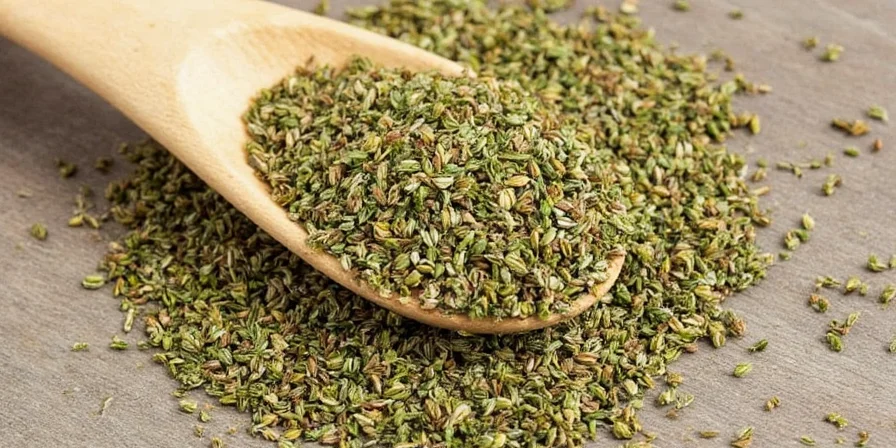
Conclusion
Dried Greek oregano isn’t just another dusty bottle in your spice rack—it’s a flavor bomb waiting to elevate your cooking. With its bold taste, impressive staying power, and endless versatility, it’s no wonder chefs and home cooks alike keep coming back to this staple.
So go ahead, open that jar, take a whiff, and remember: sometimes the smallest ingredients make the biggest impact. Just like your Aunt Carol’s gossip at Thanksgiving dinner.
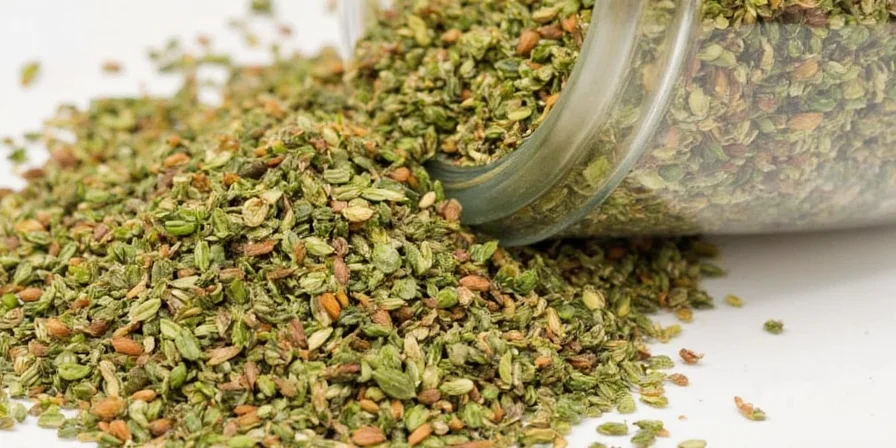

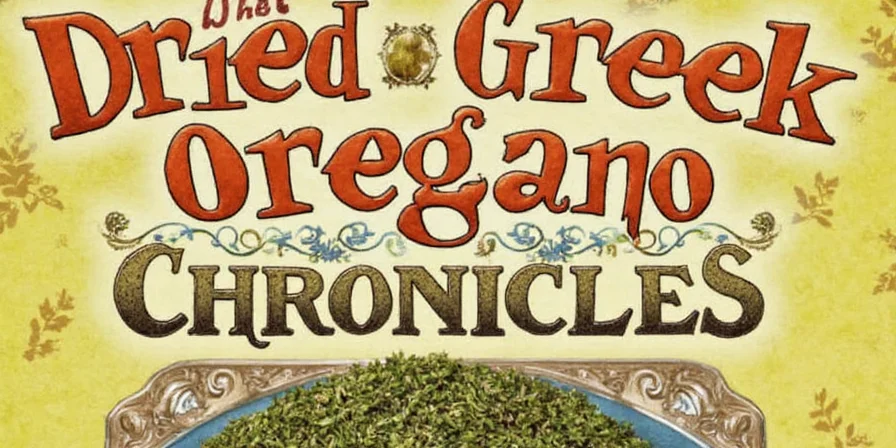









 浙公网安备
33010002000092号
浙公网安备
33010002000092号 浙B2-20120091-4
浙B2-20120091-4